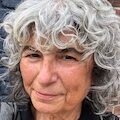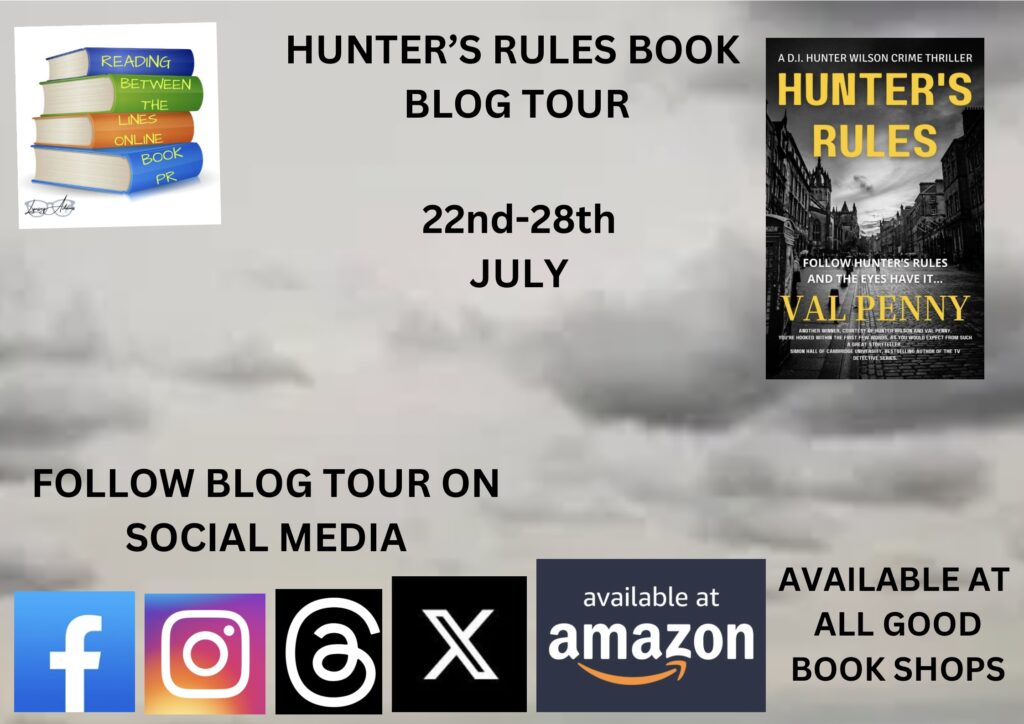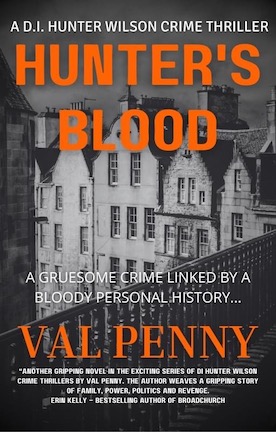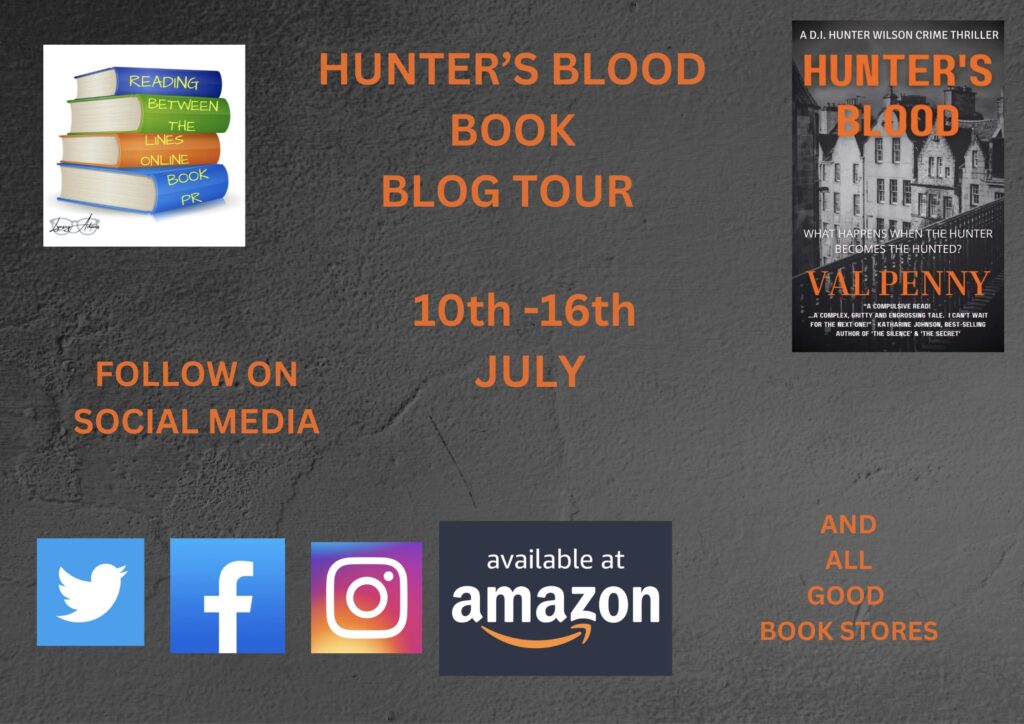First, a full disclosure: I have read every book Val Penny has written. The reason is easy. I enjoy the characters she has created, especially the smart and oh-so likable DI Hunter Wilson, and the trouble she gives them. That is certainly true of Hunter’s Rules, the sixth in this series set in Edinburgh, Scotland, which begins with a shocker of a scene.
During a romantic night out, DI Hunter Wilson and Dr. Meera Sharma find a woman lying in a hotel’s elevator, bleeding and with her eyes removed. This is not the first time a woman has been found this way, but unlike the previous victims, she is alive. And that helps Hunter and crack his team of investigators in their hunt for the perpetuator in this fast-moving read.
But Val throws in an interesting twist to the plot: making Hunter a suspect. Loyal readers will know — or hope — he is not guilty, but he has to not only solve this horrendous crime, but prove his innocence.
Val cleverly lets readers into the perp’s head with italicized excerpts throughout — just enough so we know he’s a madman but not enough to figure out who he was.
Also, the victim’s positive attitude as she recovers from her unimaginable injuries is a moving and original storyline.
By the way Val Penny is an American author living in SW Scotland. Her novels are published by SpellBound Books Ltd.
Needless to say, I am looking forward to the next in the DI Hunter Wilson Crime Series. Get cracking, Val.
Here’s the link to buy Hunter’s Rules:
For UK readers: https://www.amazon.co.uk/dp/B0D7ZPBJDX
For US readers: https://www.amazon.com/Hunter-Rules-Wilson-thriller-Thriller-ebook/dp/B0D7ZPBJDX
Want to learn more about Val Penny? Here’s the link to her website: https://www.valpenny.com
By the way, this review is part of the Reading Between the Lines Blog Tour. No compensation is involved.





